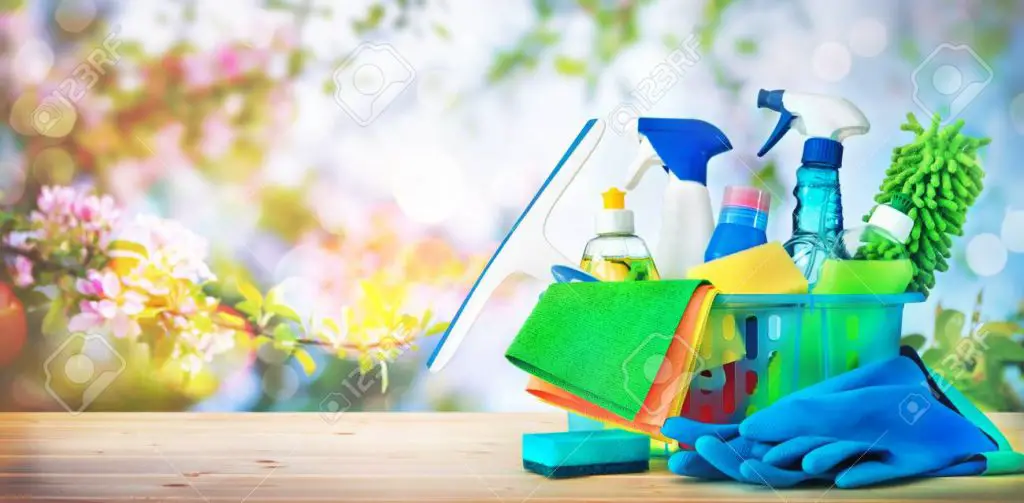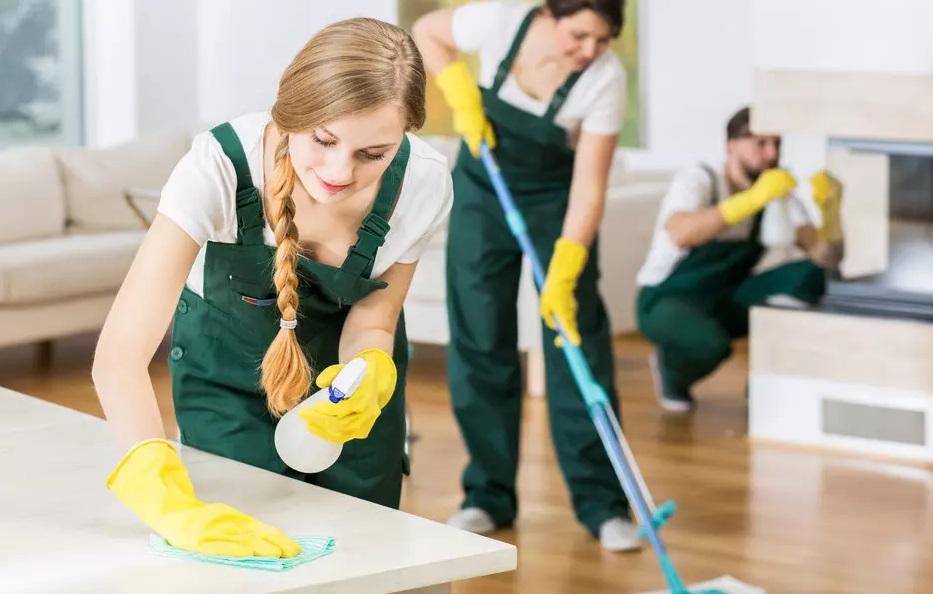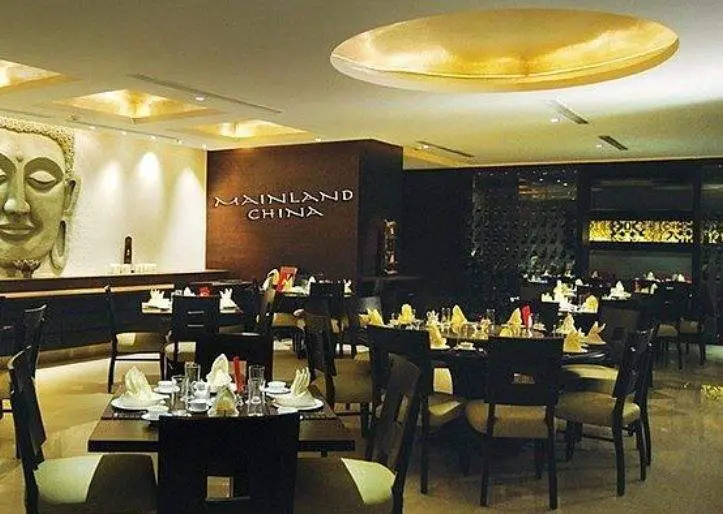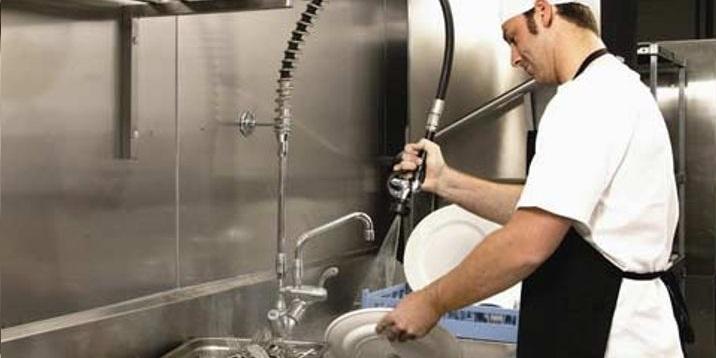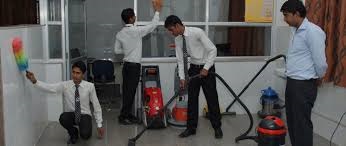Blog
Composition, Care, & Cleaning Of Metal
Composition, Care, & Cleaning Of Metal
Hard surfaces are found in various forms, in different areas, in all hospitality establishments.To keep the hotel property looking as fresh as it did the day it first opened, housekeeping employees involved in the care and maintenance of these hard surfaces must know the composition of these surfaces.The type of hard surfaces commonly used in hotels include:
- Metals
- Glass
- Plastics
- Ceramics
- Wood
- Stone, etc.
In addition to these, housekeeping staff are also responsible for the care and cleaning of surfaces such as leather, rubber, etc.1. METALSThe most commonly used metals are:
- Silver
- Steel
- Copper
- Brass
- Bronze,
- Aluminium
- Iron
These metals may be used in door and window fittings, wall panels, light fittings, sanitaryware, restaurant cutlery, cooking utensils, guestroom accessories (such as ashtrays, vases, and picture frames), and furniture (such as beds, chairs, and tables).Most metal surfaces get tarnished, scratched, or rusted unless treated or protected.These metals may be used in door and window fittings, wall panels, light fittings, sanitaryware, restaurant cutlery, cooking utensils, guestroom accessories (such as ashtrays, vases, and picture frames), and furniture (such as beds, chairs, and tables).Most metal surfaces get tarnished, scratched, or rusted unless treated or protected.These metals may be used in door and window fittings, wall panels, light fittings, sanitaryware, restaurant cutlery, cooking utensils, guestroom accessories (such as ashtrays, vases, and picture frames), and furniture (such as beds, chairs, and tables).Most metal surfaces get tarnished, scratched, or rusted unless treated or protected.a) SilverThis soft, malleable, ductile metal has a brilliant sheen when well polished.Small amounts of the metal in elemental form occur naturally in the earth, but most of the silver we use is extracted from silver ores.Silver is chemically unaffected by pure water, pure air, and a majority of food stuffs, but gets scratched easily if pure.Silver is used as the plating in electroplated nickel silver, for making cutlery, utensils, vases, and decorative artefacts.Types of Silver
| Sterling Silver | Silver-Plated (EPNS) |
Sterling SilverSterling silver is an alloy containing 92.5 per cent silver, and the rest is mainly copper.Sterling silver is more expensive than silver-plated alloy and for this reason is seldom used in hotels.Silver-Plated (EPNS)Table silver or ‘silverware’ is usually made of silver-plated alloy by plating ‘blanks’ of nickel silver alloy. ‘Nickel silver’ does not contain any silver at all;It(Nickel Silver) is a term for alloys that look like silver (being white metal) and made of nickel, copper, and often(but not always) brass, along with a few other metals for added strength and shine.Cleaning ProceduresSilver needs to be cleaned and polished on a regular basis.When it gets tarnished, more complex cleaning methods have to be employed.Following are the cleaning & polishing methods for silver:
| Regular Cleaning | Silver Dip | Polivit or Aluminium-Soda method |
| Burnishing Machine | Plate-Powder Method |
I. Regular Cleaning
- Wash the article in a hot solution of synthetic detergent, scrubbing with a piece of cotton cloth.
- Then rinse in clean boiling water in an enameled tray.
- A sheet of alunimium and some soda can be placed in the tray.
- Once the articles are clean, drain the water away and wipe dry while it is still warm, rubbing hard with a lint-free linen cloth or chamois leather.
II. Silver-Dip Method
- A silver dip solution is used when tarnished silver is to be cleaned.
- It is usually a pink coloured liquid based on an acid solution of a compound into which the articles are immersed completely for removal of tarnish.
- The silver should remain in the liquid for a very short time, the articles should be lifted out, washed with warm water and dried.
- While working with silver dip, stainless steel containers should not be used since the dip attacks steel.
- Enamel or plastic containers must be used instead.
- Silver dip should not be used too frequently on the silver, either, since it is harder on silver because of a chemical reaction between the silver and the liquid that can corrode the metal.
- However, many establishments use silver dip frequently since it is faster than other methods.
III. Polivit Method
- Polivit is an aluminium metal sheet containing holes, which is best used in an enamel bowl or galvanized iron bowl.
- The polivit is placed in the bowl together with some soda.
- The silver to be cleaned is then put into the bowl, ensuring that at least the one piece of silver has contact with the polivit.
- Sufficient boiling water is poured into the bowl to cover the silver being cleaned has contact with the polivit.
- A chemical reaction takes place between the polivit, soda, boiling water and silver which causes the tarnish to be lifted.
- After 2-4 minutes, silver should be removed from the bowl and placed into the 2nd bowl of boiling and then rinsed.
- On removal from the second bowl the silver is allowed to drain and then polished with a clean cloth and then dried with a tea cloth.
IV. Burnishing Machine
- This is a revolving drum with a safety shield. In this revolving drum, highly polished steel balls are immersed in a detergent solution with silver articles.
- The machine rotates and the friction from the steel balls polishes the silver.
- These articles are then rinsed into hot water and dried.
- The burnishing machine is used for polishing large quantities of silver articles.
- Care should be taken to keep the ball bearings covered with water when not in use, since they rust rapidly otherwise.
- V. Plate-Powder Method
- This pink powder should be mixed with just enough methylated spirit to make a smooth paste.
- Alternatively water may be used; but methylated spirit is preferred since it evaporates faster and the silverware is then available for polishing much more quickly.
- The smooth paste is rubbed thoroughly onto the silver article with a clean rag and left to dry. It is then rubbed off with rags.
- The article should now be rinsed well in boiling water and buffed with a clean cloth.
- Though this method is time consuming but it gives a good result.
b) SteelSteel is an alloy of iron.The alloy contains mainly iron and carbon; other materials are found in small quantities.It is used in the form of pressed chrome steel for the manufacture of baths, sinks, and so on.Stainless steel is used in making cutlery, protective paneling, sanitaryware, furniture, trays, and cooking utensils.Steel is sometimes galvanized or enameled to prevent corrosion.If an enameled steel surface gets stained, it can be washed with a mild liquid abrasive.Types of steel commonly used
| Chrome Steel | Stainless Steel | Galvanized Steel |
Chrome SteelSteel is coated with chromium for manufacturing taps, bath handles, shower fittings, and so on.These can become spotted with water marks or get greased, but they do not tarnish.Stainless SteelThis is steel to which 8-25 per cent of chromium has been added, making it corrosion-resistant.Stainless steel is tough, durable, and can take a mirror-polished finish. It is used in making cutlery, sinks, WCs, and so on.For spoons and forks, steel containing 18 per cent chromium and 8 per cent nickel is generally used.However, even stainless steel can be harmed by silver-dip solutions, acidic solutions, salt-vinegar mixtures, and excessive heat.Galvanized SteelSteel may be coated with zinc (galvanized) to prevent tarnishing.This kind of steel is used for making buckets.Cleaning ProceduresStainless steel is washed in a hot solution of synthetic detergent using a soft nylon scrubber, rinsed with clean water and immediately dried thoroughly with a linen cloth.The use of harsh abrasives should be avoided as they may scratch the surface.Chrome steel and galvanized steel are wiped or washed with synthetic detergent solution, stains removed with soft steel-wool, the articles rinsed with clean water, and buffed with a linen cloth.For cleaning greasy stains, sodium bicarbonate can be used on all types of steel.c) Copper
- This metal with an orange-brown shade has a light sheen of its own.
- It is used for wall paneling and counter tops in bars and restaurants; bowls, vases, and urns in lobbies and guestrooms; and utensils in the kitchen.
- Copper is even used in cutlery and serving dishes in some ethnic Indian restaurants.
- Copper cookware should be lined with tin or nickel for protection, as the copper may react adversely with some foods.
- Cleaning Procedure
- Copper is washed in warm water and then rubbed with a mixture of salt, fine sand, and vinegar, using rags, to clean.
- It is then rinsed in warm water and dried with a smooth cloth.
- A thin coat of vegetable oil is applied to the surface to retard further tarnish.
- In case of heavily tarnished copper, a weak ammonia solution will remove the greenish deposits on the surface.
d) Brass
- This is a golden-brown alloy of copper and zinc. It is used in making door and window fittings, stair rods and railings, foot rails in bars, taps, ashtrays, and ornaments.
- Brass tarnishes and scratches easily.
- To avoid this, brass fixtures are usually lacquered.
- Cleaning Procedure
- To clean brass articles, remove surface dirt with a duster and rub the article with a paste made of white flour, salt, and vinegar in equal parts.
- This will remove mild tarnish. Make sure to rub away all the mixture.
- Corroded brass should be treated with spirit of salt (hydrochloric acid) and then rinsed thoroughly.
- Polish with Brasso, using damp rags or cotton
- A long-term hard-metal polish can also be used on brass.
e) Bronze
- This is a brown alloy of copper and tin. It is used primarily in making works of art and medals.
- It does not tarnish easily.
- Cleaning Procedure
- To clean a bronze article, wash well with water and then apply a mixture of one part muriatic acid and two parts water with a piece of flannel.
- Allow the solution to dry and then polish the bronze well with vegetable oil.
f) Aluminium
- This silvery, lightweight metal is highly malleable, and ductile.
- It is used to make light fittings, and other utensils.
- Aluminium is not tarnished by air.
- It is, however, damaged by soda and other alkalis as well as stained by acids.
- It also scratches and bends easily.
- Cleaning Procedure
- To clean aluminium, wash in a hot solution of synthetic detergents, using soft steel-wool to scrub.
- Use mild abrasives only in the case of difficult stains.
- Discolouration in saucepans can be removed by boiling a solution of water and lemon juice in them, rinsing and then drying.
- In case of aluminium showpieces, some liquid wax polish may be applied to maintain the gloss.
g) Iron
- This silver-white metal of great strength is used in making furniture, buckets, dustbins, and cookware. Iron can be forged or cast.
- Wrought iron is iron that has been forged, that is, it has been shaped by heating in fire and then hammering while hot.
- Cast iron is a hard alloy of iron, carbon, and silicon that has been cast in a mould.
- Non-enameled cast iron is flame and oven proof.
- Maintenance
- Utensils made of cast iron need to be seasoned before first use to prevent rusting.
- Before seasoning, the article has to be washed in mild soap and water, then thoroughly dried.
- Seasoning is done by rubbing the inside surface with vegetable oil and heating in a slow oven for about two hours.
- Enameled cast-iron utensils do not need seasoning and are easier to clean.
- If handled carelessly, however, the enamel may chip away.
- If the utensils are put under cold water immediately after use, while still hot, the enamel may gain flake off.
- Therefore, before cleaning, allow the utensil to cool gradually.
- Cleaning Procedure
- Unprotected iron should be washed only when necessary and then thoroughly dried.
- Galvanized iron needs regular washing and thorough drying.
- Rust can be removed from galvanized items with fine steel-wool dampened with oxalic acid.
- Do not store iron in damp areas.
- Before long-term storage, coat with oil or black lead (graphite)

